Happy 90th birthday Demons and let us not forget the incomparable Ivor Warne Smith
Nigel Dawe
NOT for the first time this decade, have I been dismayed by the temporal provisional nature of the manner in which modern day scribes and all-referring record purveyors herald the deeds of players who grace our fields.
The first was the way in which Dusty Martin was wrapped in platinum for being the inaugural player to B.O.G in three grand finals (not taking anything away from his incredible efforts in those three big dances) but it came at the direct expense of Percy Beames’ three grand final B.O.G efforts in a row (1939-40-41) – efforts I might add, that were not referenced in any way at the time (or since).
All this week I’ve been tormented by the same aversion by those ‘in the know’ when it comes to the actual facts behind the records we hold up and celebrate as such. While Darcy Moore’s 10 grabs in defence were stellar last week, they were not by any means ‘the greatest’, albeit anywhere near the output of Ivor Warne-Smith in the 1925 preliminary final (which was ironically against the magpies).
In what has clearly long since, and very sadly drifted into history, the future dual Brownlow medallist and all-time Melbourne great, Warne-Smith pulled in an almost unfathomable tally of 9 marks (in defence) in 11 absolute lightning-like minutes of the 3rd quarter of that prelim final (all whilst plugging the gaps caused by the side being reduced to 15 men). A match Melbourne would gallantly go on to lose by 37-points.
Incredibly, it is not known how many other marks Warne-Smith took that day nearly a century ago at the ‘G, but you’d hazard a guess it was considerably more than the nine he took in that confined blistering spell; the recording of individual statistics for things like possessions and all manner of other performance related metrics were absolute decades away from being outright captured, let alone even vaguely ‘looked for’.
I must admit I have a chronic red and blue tinged soft spot for Warne-Smith, to the point he is my all-time favourite footballer. The fact he was a returned Gallipoli soldier (who also lost a lung after being gassed in the trenches of France) before he played his first game for Melbourne, is something I consider so astonishing, that it will never be eclipsed.
Can you imagine the recruiter’s report in this day and age – “Candidate is missing one entire lung through active war service!?” The poor guy wouldn’t even get the nod for a time trial, let alone onto a team list to prove the science wrong through his own ticker and tenacity.
Another intriguing, albeit hugely endearing facet of this indestructible man is the fact he worked most game days shovelling coal for the railways very early in the morning, after which he’d enjoy a schooner or two with mates before heading off to the football to play in such a way that he is still considered one of, if not the greatest players to ever wear the red and blue.
If all the above weren’t deft defying enough, how’s the fact Ivor turned his back on the bright lights of Melbourne (after one season in 1919) and went to Tasmania for a period of 5-years in his early 20s (which are arguably any players ‘best years’ when it comes to footy) and became an apple farmer, which is something I admire.
Warne-Smith then resumed his career with Melbourne in 1925, within 12-months he had won his first Brownlow medal, but back then there was only one vote awarded by a field umpire for each game, which somehow makes the award seemingly much harder to win. The 3-2-1 method wasn’t to be introduced until after Warne-Smith claimed his second medal in 1928.
And finally, happy 90th birthday to our mascot-moniker of the demons, this weekend (being round 11) marks, at three-quarter time, the precise occasion that ‘Checker’ Hughes glared at his trailing troops back in 1933 and implored them: “Lift your heads and start playing like demons!”
Prior to this, our side were known variously through the years as the Invincible Whites (cricketers being the first to play the game) the Metropolitans, Reds, Redlegs, Fuchsias and then of course the mighty fear-inducing foot soldiers of Lucifer himself – the Demons.


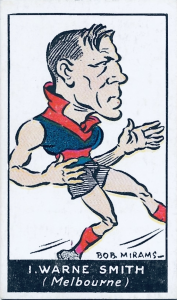
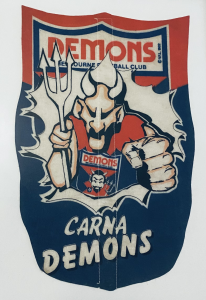
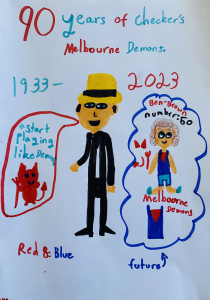
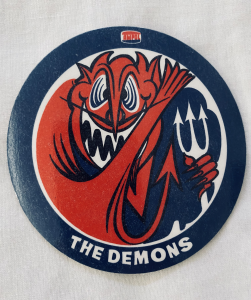
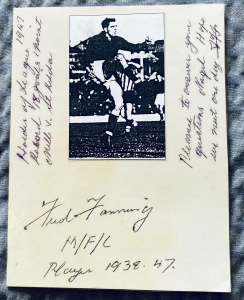
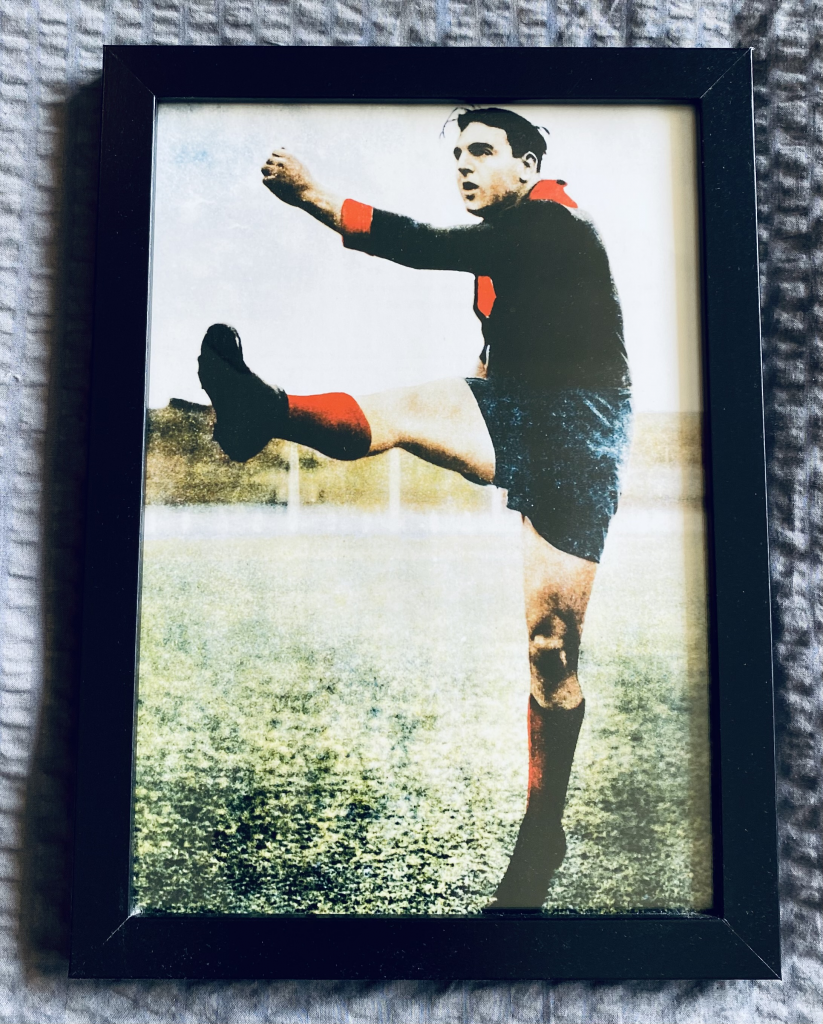
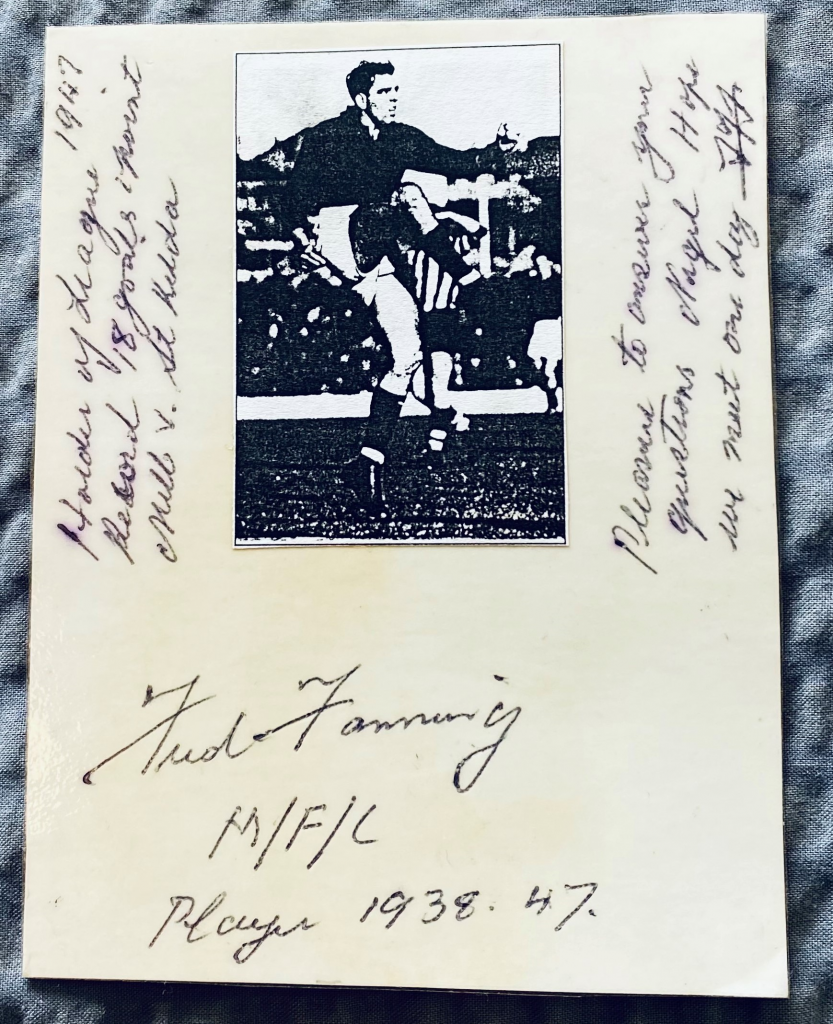
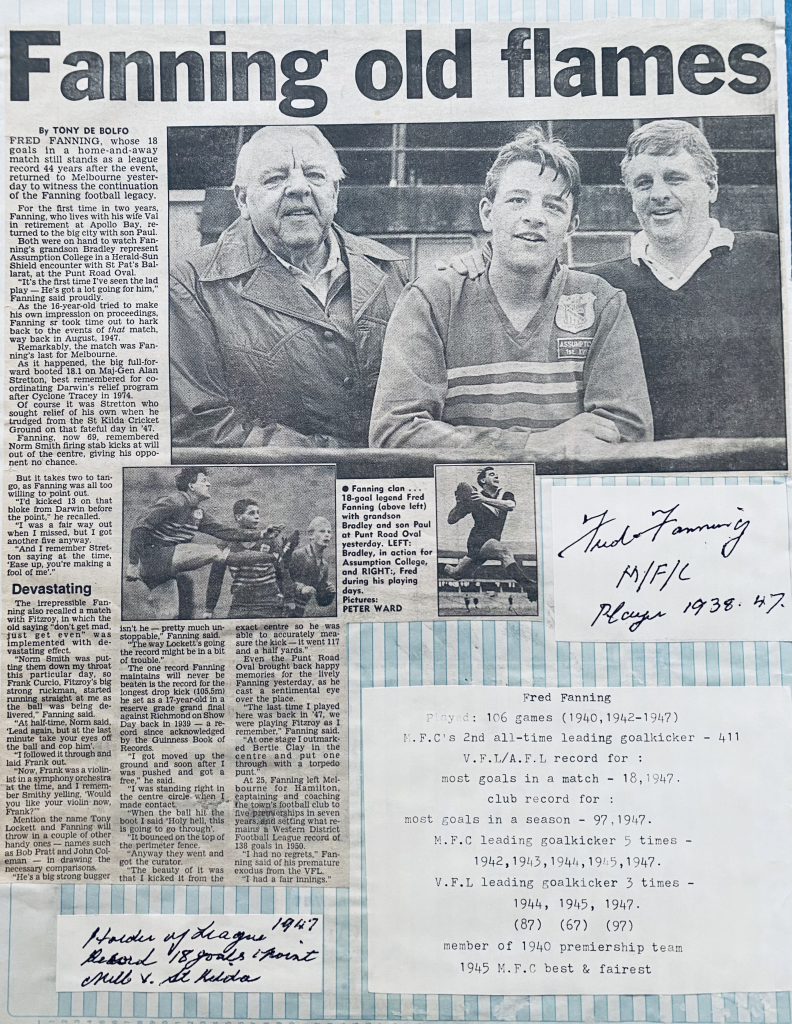
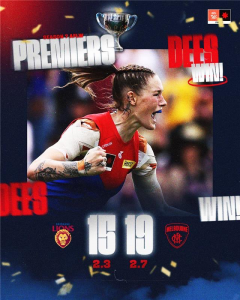
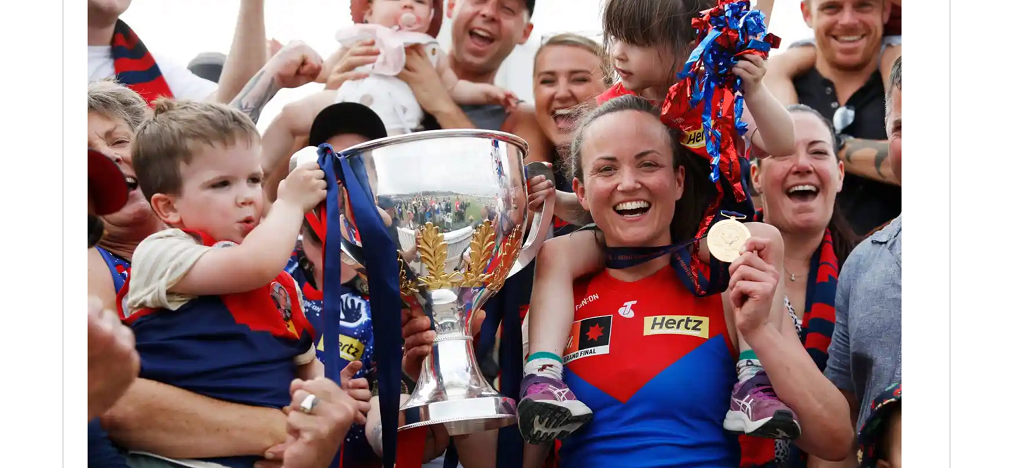
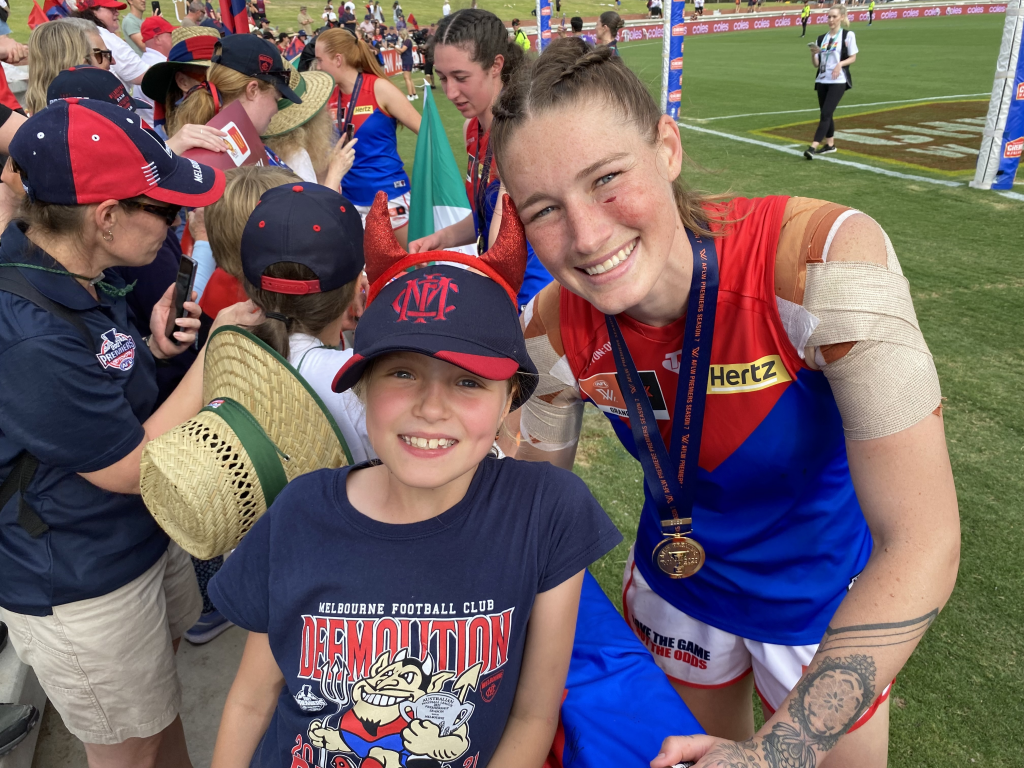
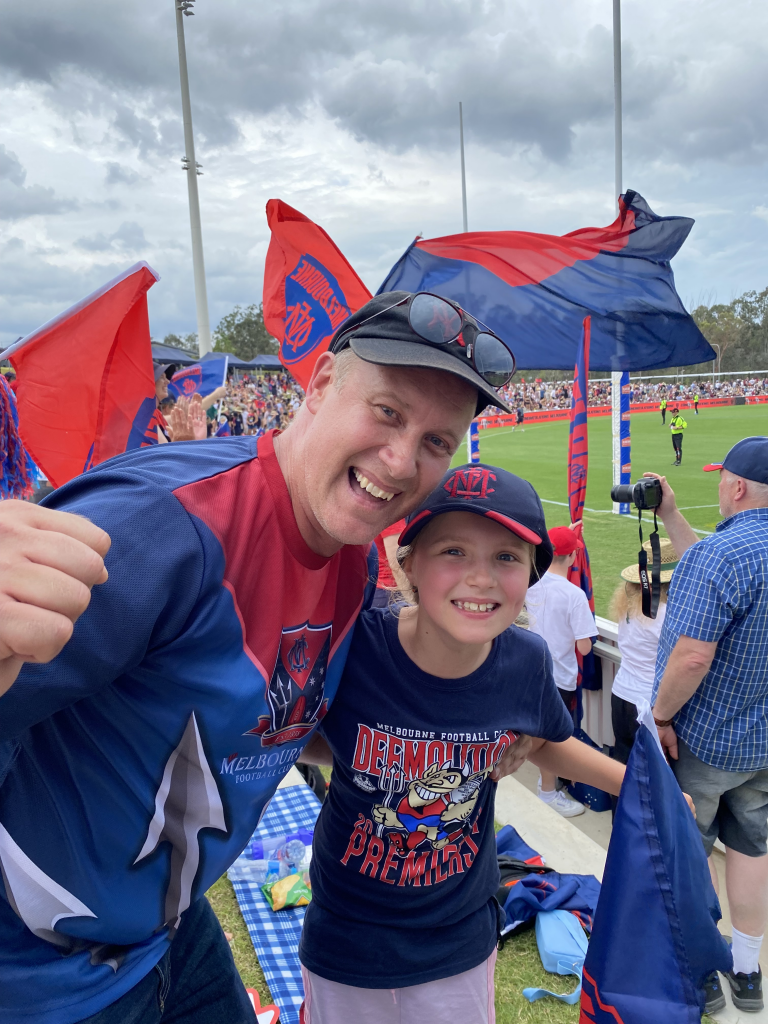
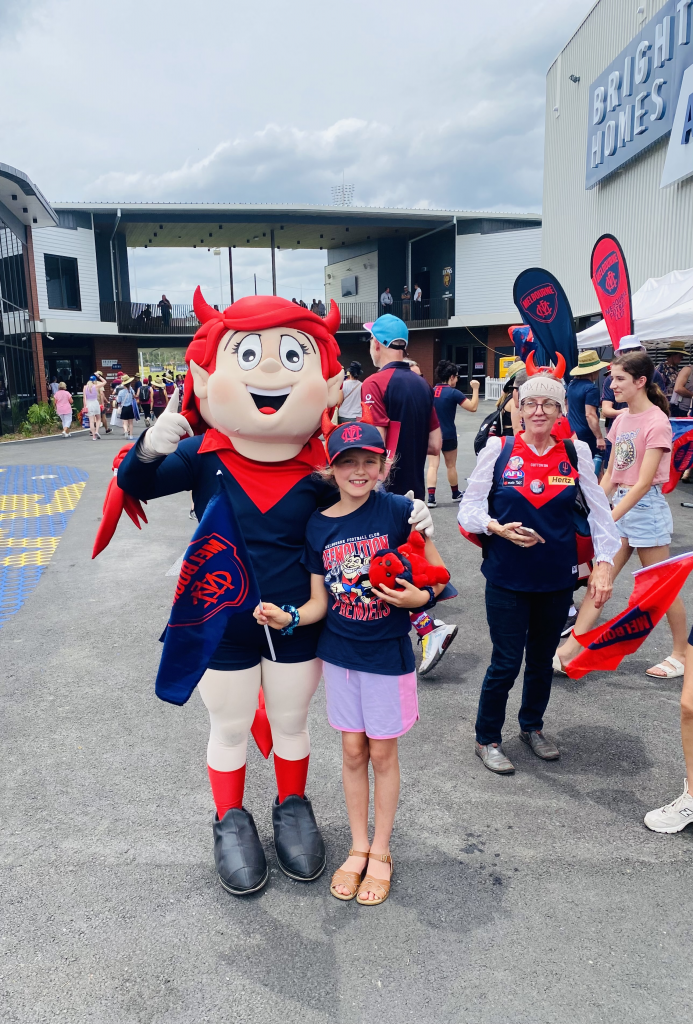
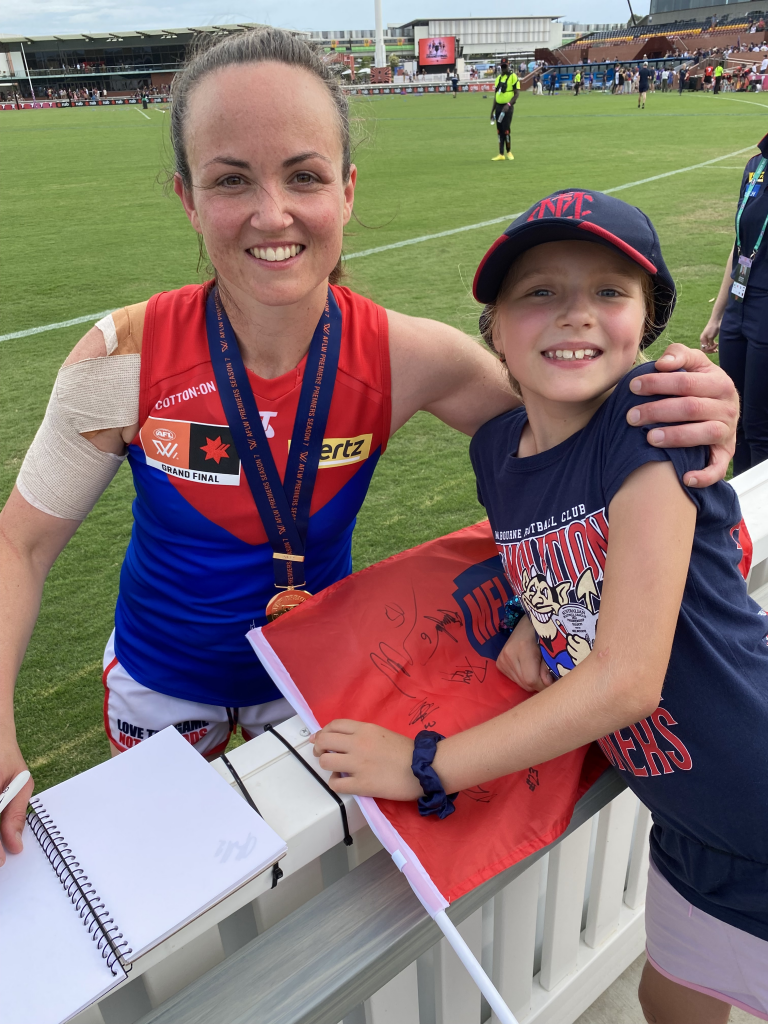
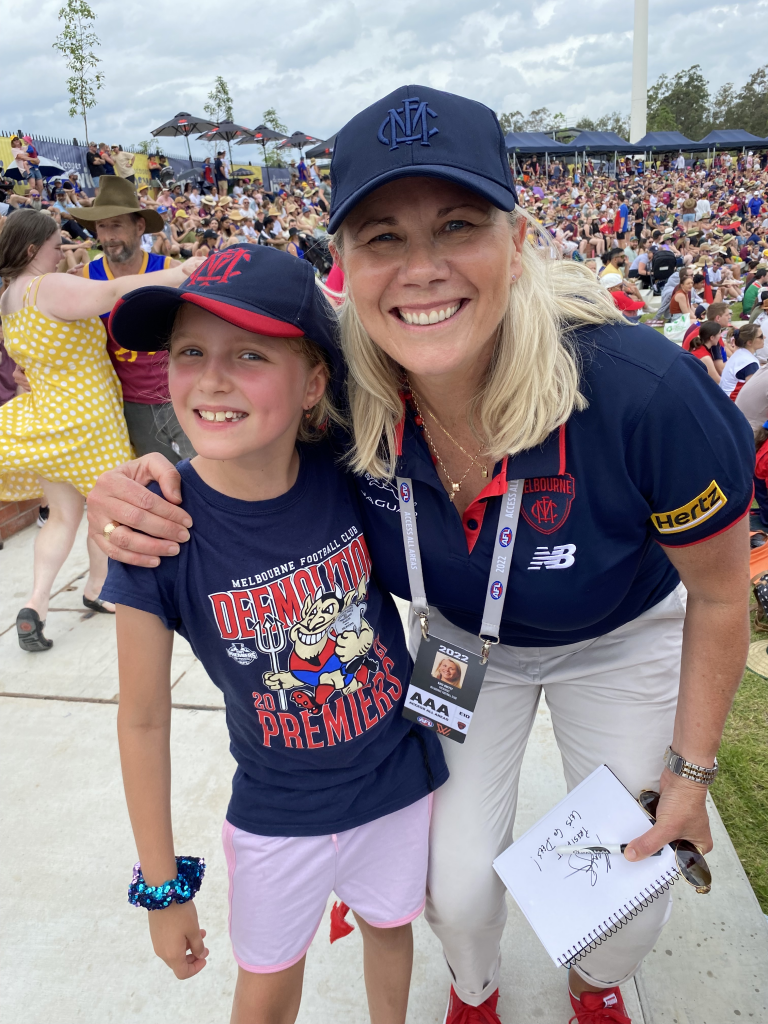
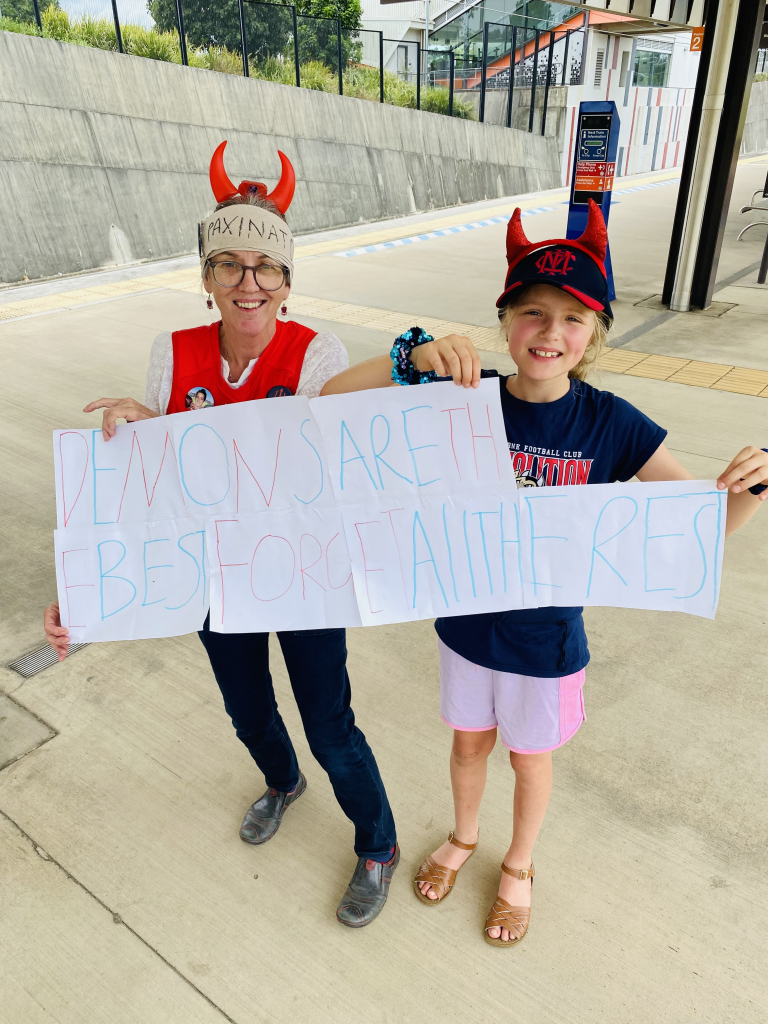
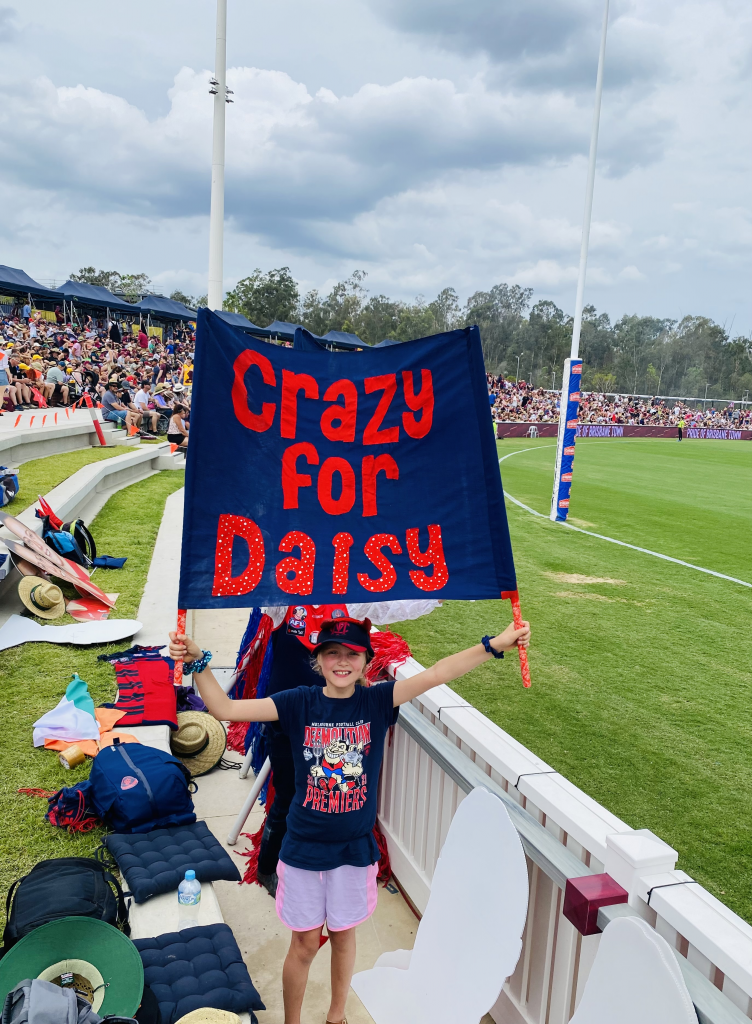
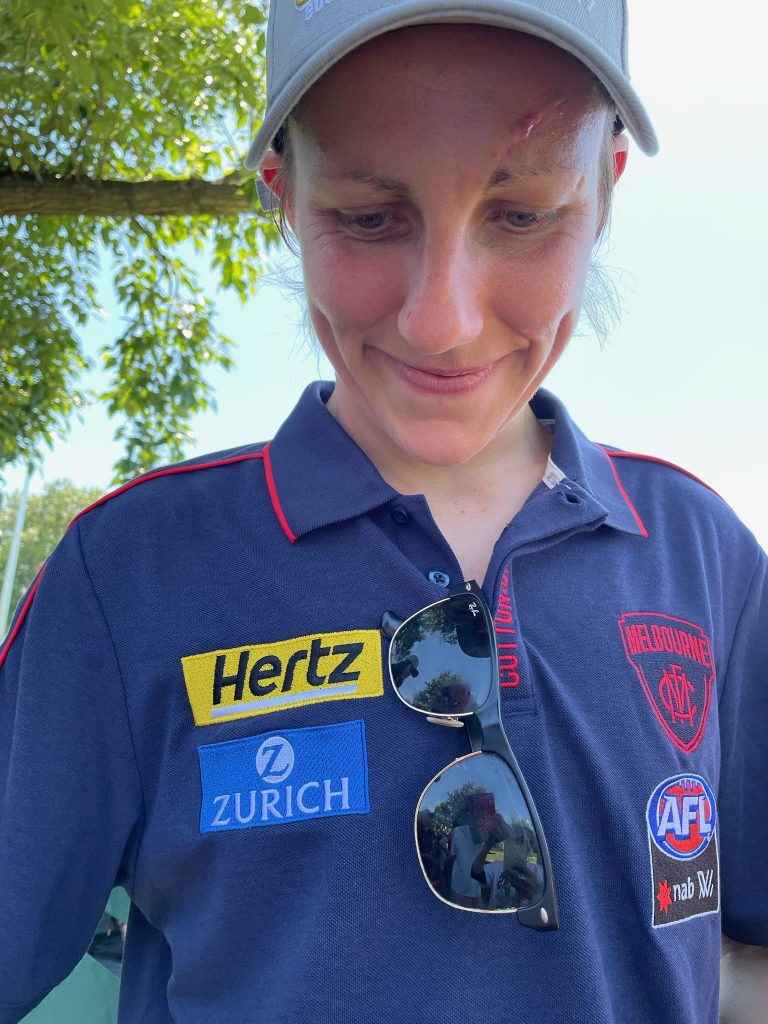
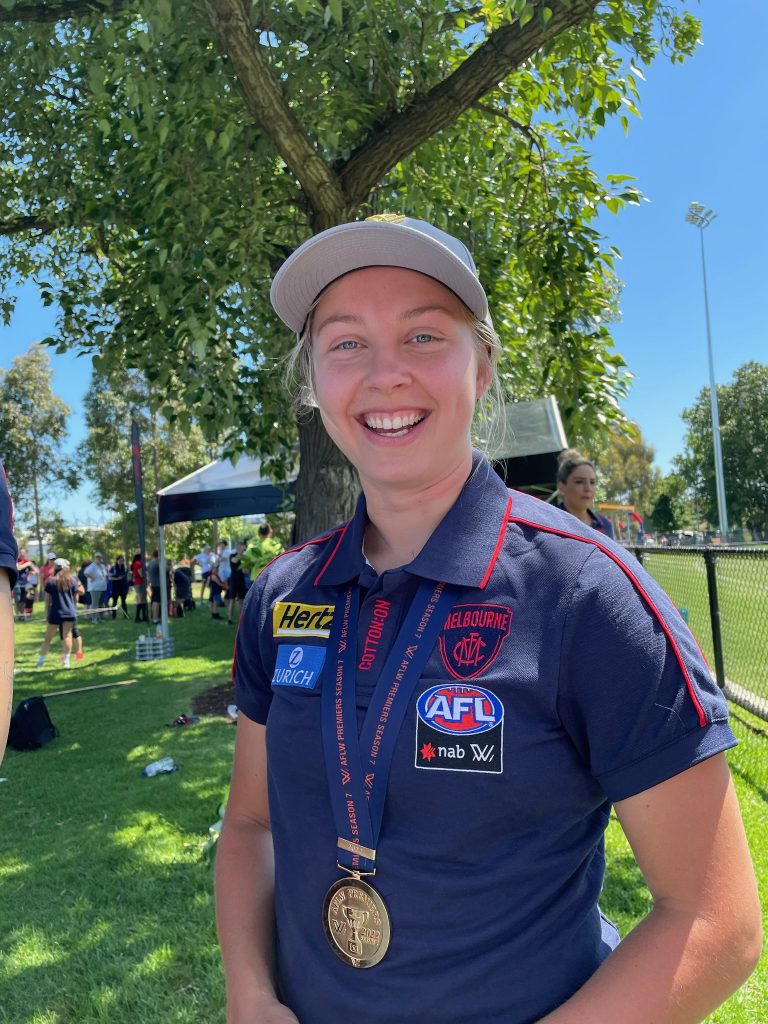
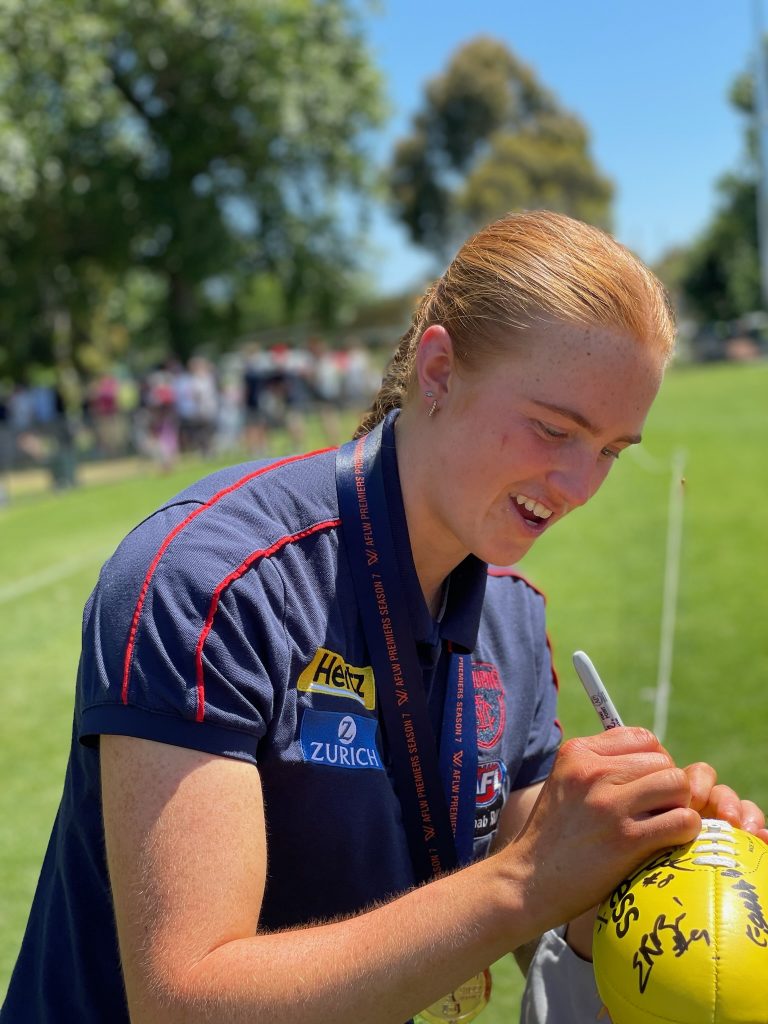
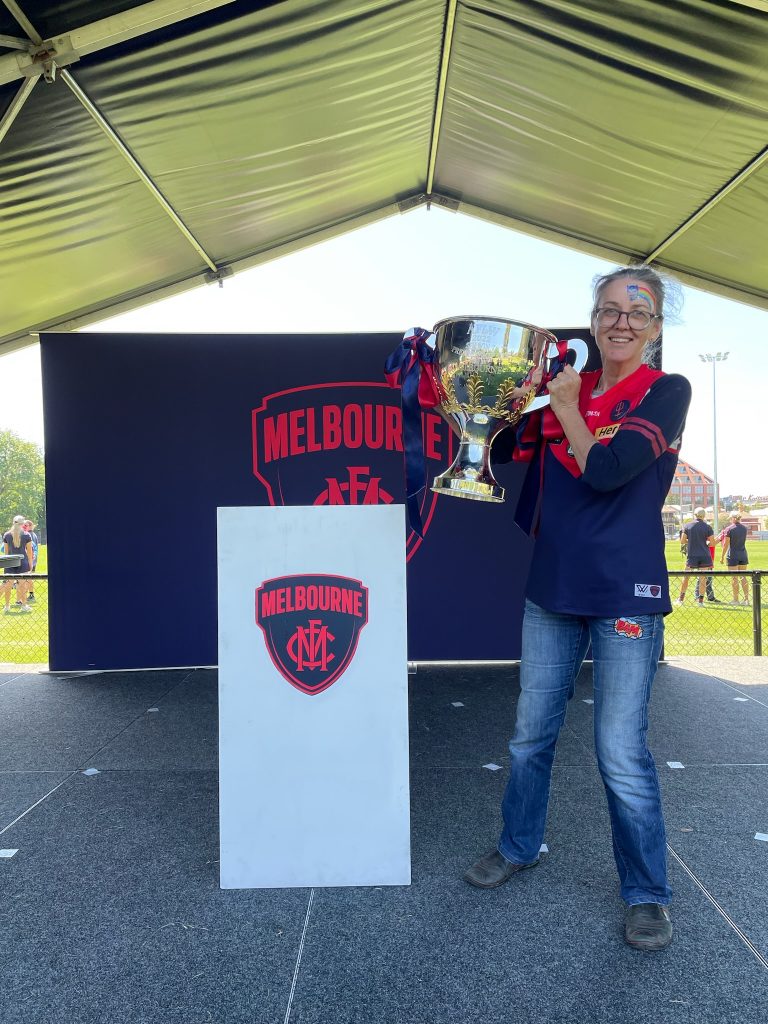
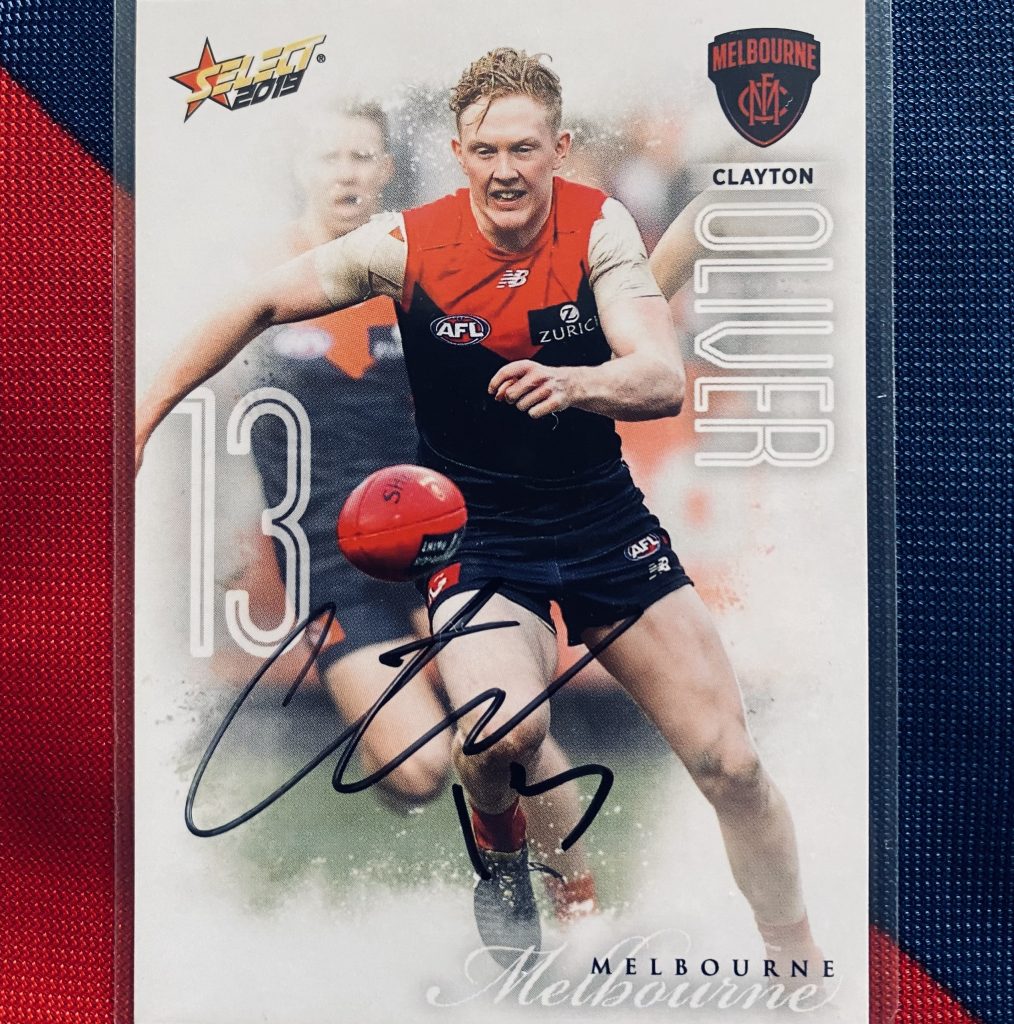
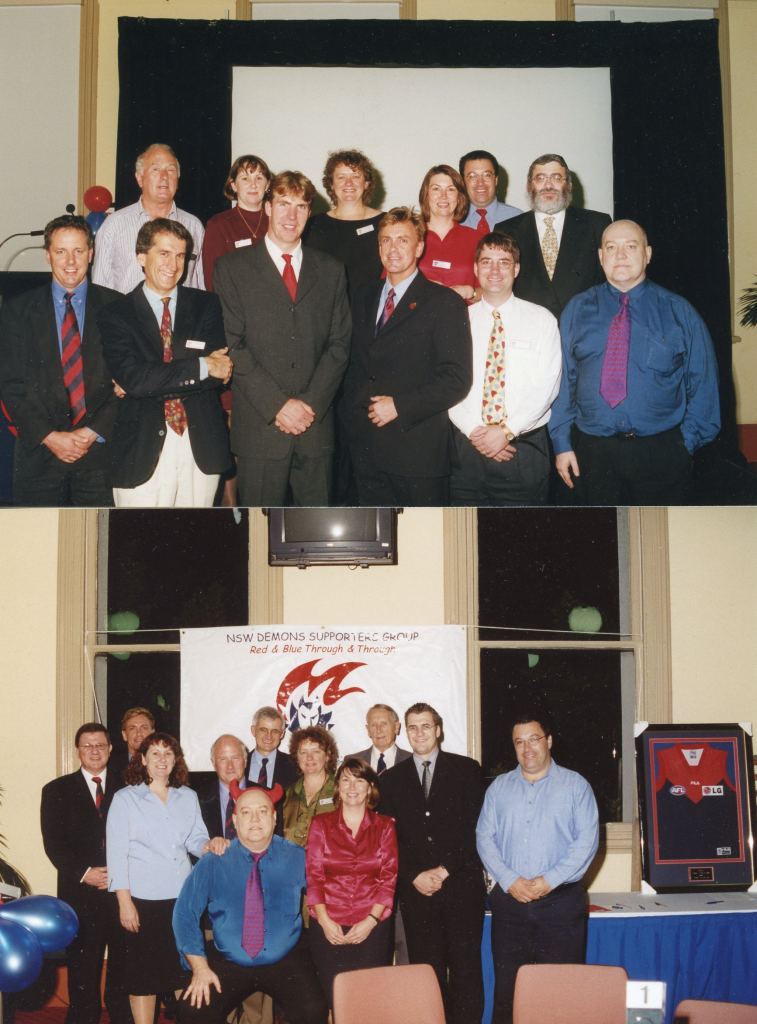
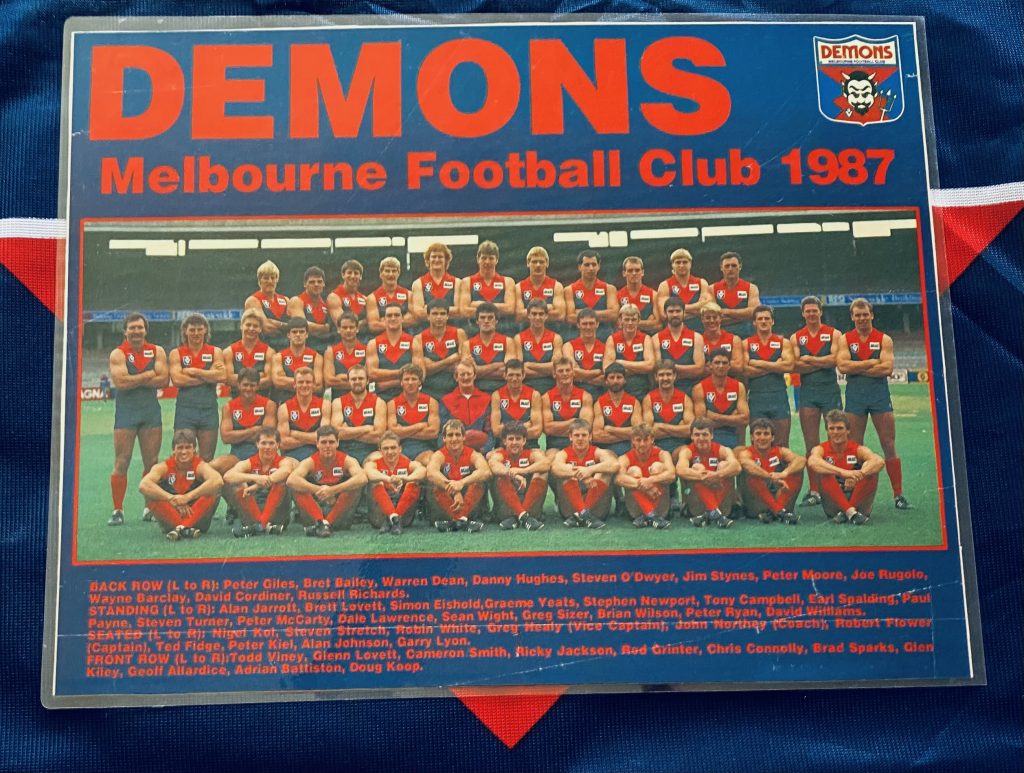
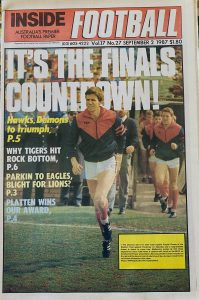

 Follow us on twitter
Follow us on twitter Join our facebook group
Join our facebook group